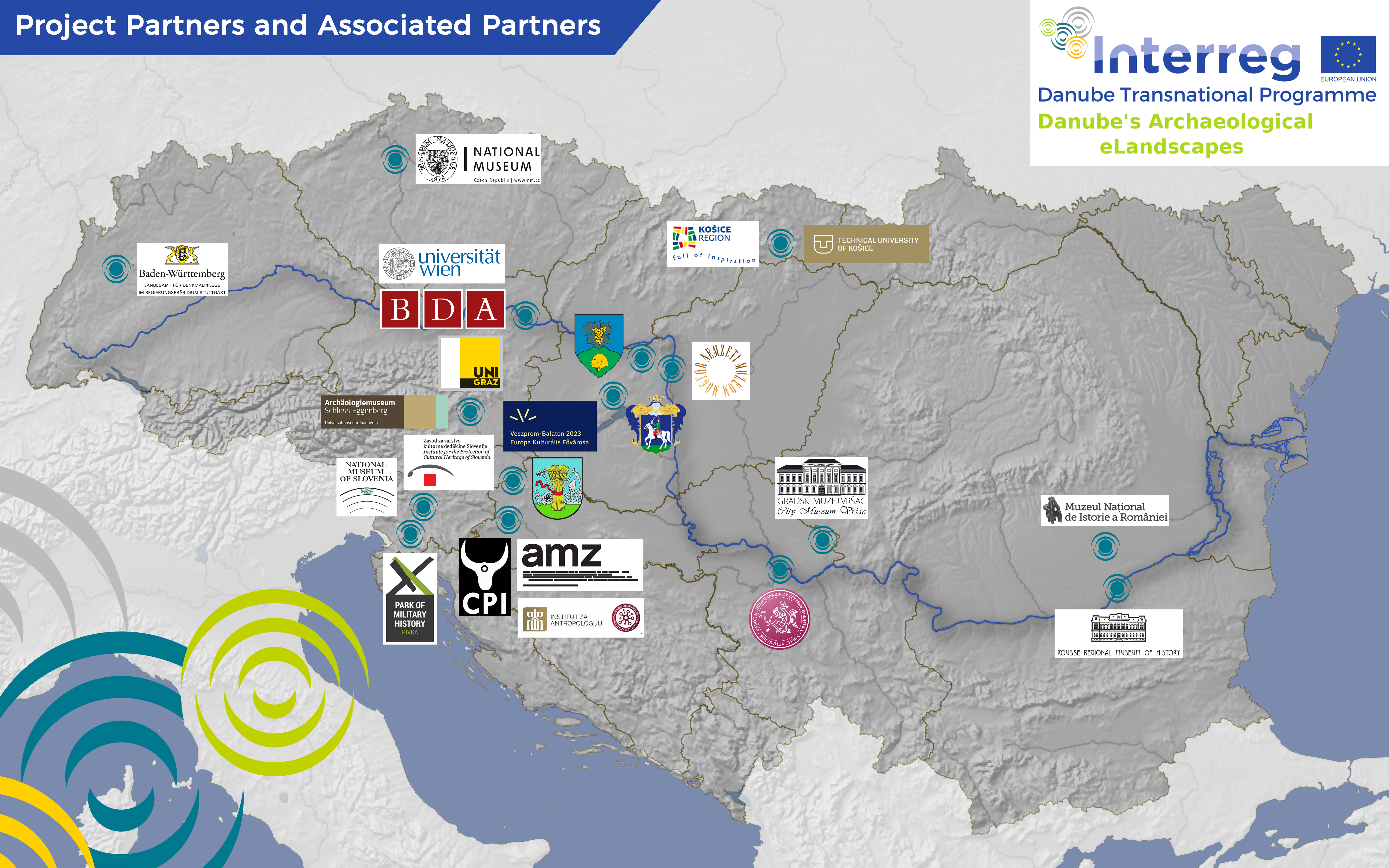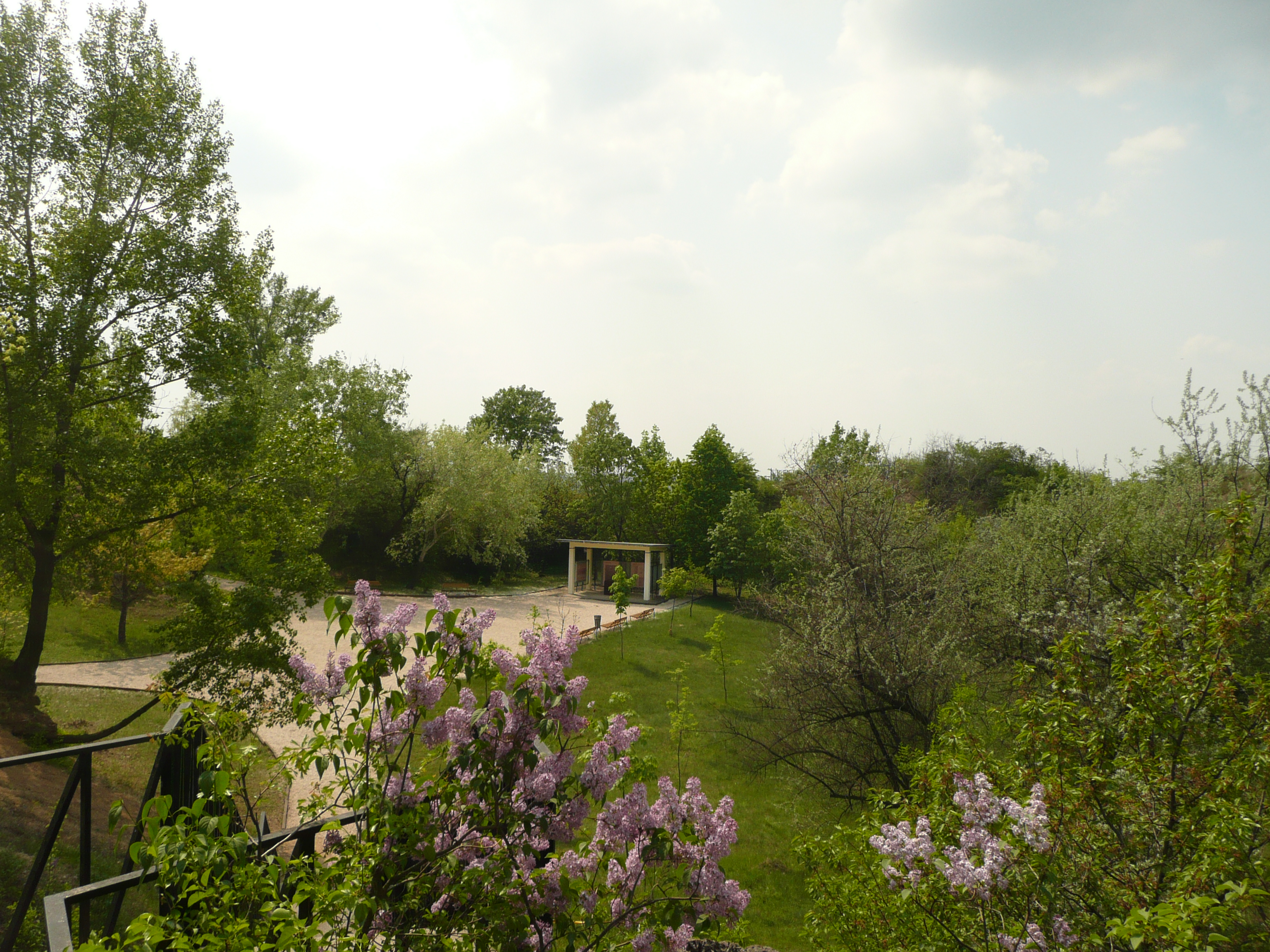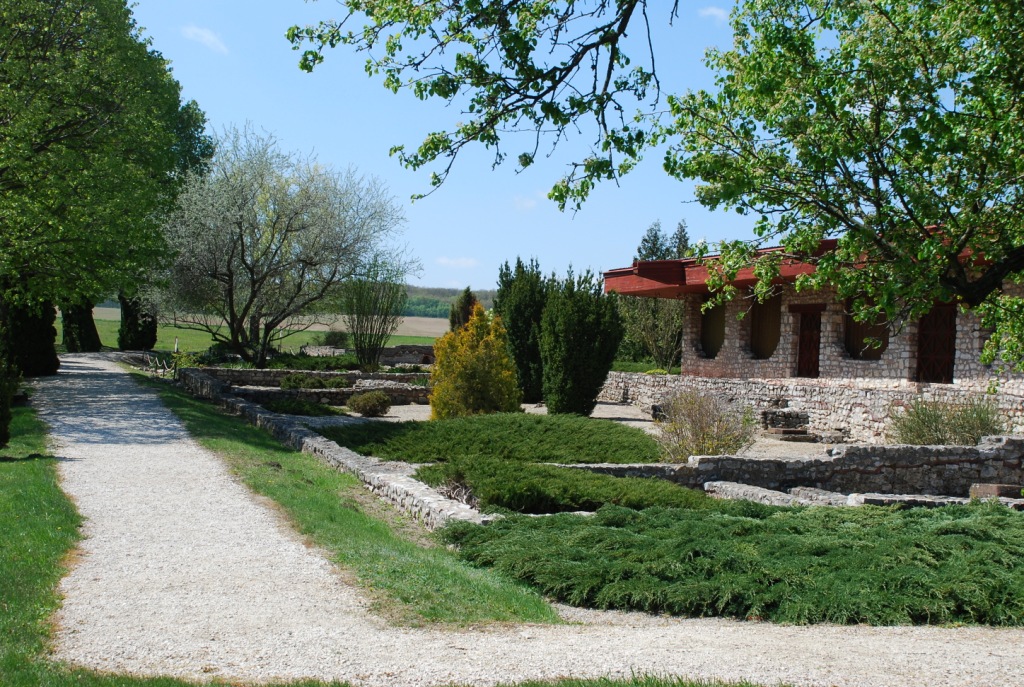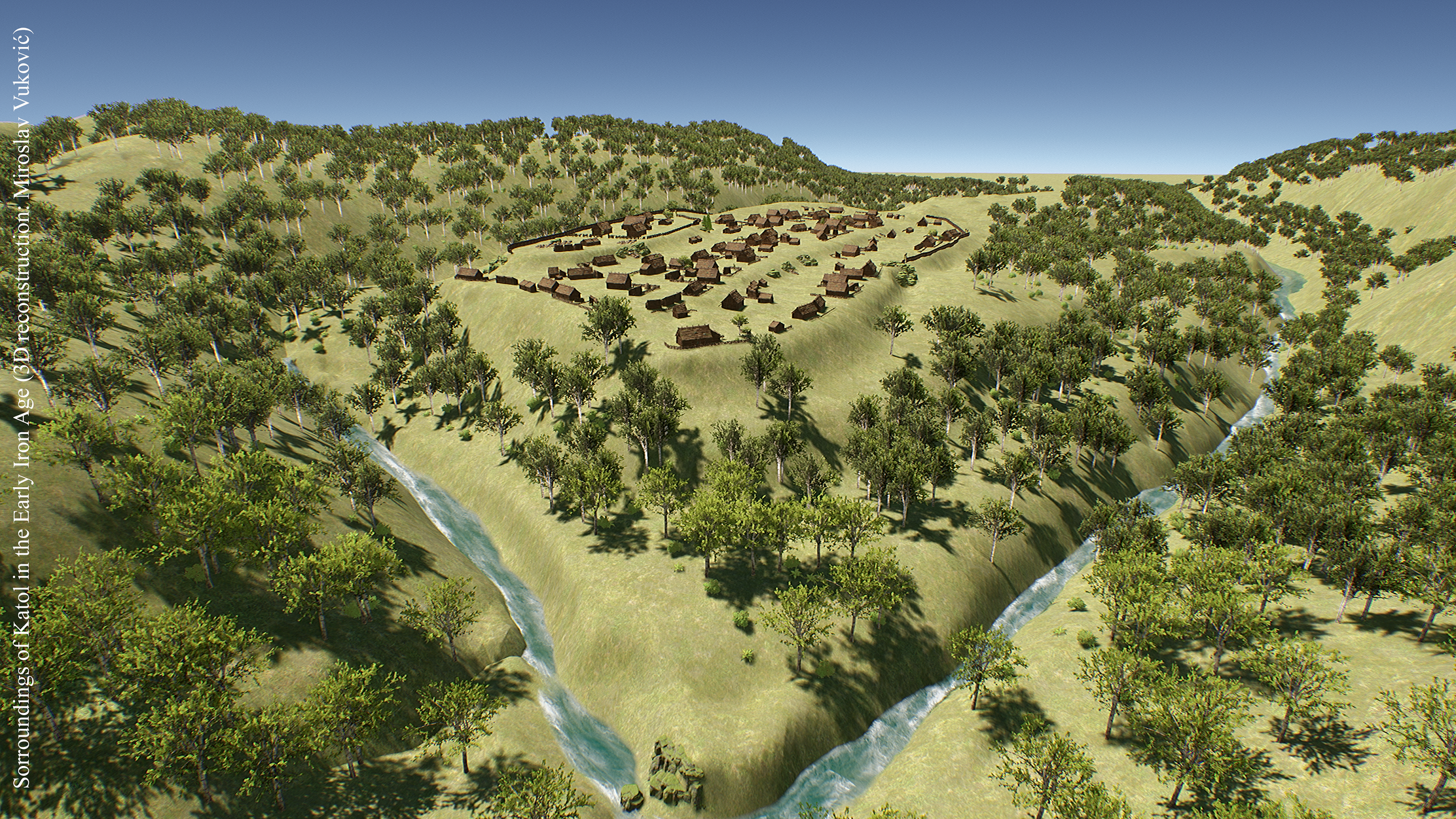
On July 1st 2020, the EU project "Danube's Archaeological eLandscapes" was launched under the leadership of Universalmuseum Joanneum. For a total of 30 months, 23 partners from ten countries have set themselves the goal of making the archaeological heritage and in particular the archaeological landscapes of the Danube region more visible and thus more attractive at regional, national and international level with the help of state-of-the-art technologies. The project, which is co-financed by the EU-programme Interreg Danube Transnational Program, gives new impetus to the digitisation of Europe's archaeological heritage.

The rich and culturally diverse archaeological heritage of the Danube region is an integral part of our cultural heritage. It also offers great potential for the development of tourism, but is constantly faced with the challenge of not being immediately recognized. New technologies can now help to visualize archaeological heritage in a completely new way and make it accessible to the public in an attractive way.
The main objective of the project "Virtual Archaeological Landscapes of the Danube Region" ( Danube's Archaeological eLandscapes ) is to make the archaeological heritage, in particular the archaeological landscapes of the Danube region, more visible and attractive regionally, nationally and internationally, thus to promote sustainable cultural tourism.
The main actors of the project are internationally renowned museums, which want to focus their work outside their institutions on the most famous archaeological landscapes of the Danube region. By incorporating Virtual Reality (VR) and Augmented Reality (AR) technologies, museum visitors are encouraged to want to get to know the rich archaeological heritage not only in the museum exhibitions but also in the context of the landscapes from which they come. They should not only stay in their own country, but also look beyond modern national borders and learn about a long-forgotten history of the Danube region.
The Hungarian National Museum will coordinate the visualization of two amazing sites, the 330,000-year-old Stone Age site discovered at Vértesszőlős and the Roman villa complex Baláca, the greatest of its kind in the Balaton Uplands.
Already when it was unearthed, the 330,000-year-old Middle Paleolithic site in Vértesszőlős received a great international response, providing a unique picture of the life of an early, so-called Heidelberg-type man with millions of stone tools, human and hunted animal bones. The leaf and crop prints known from the quarry, as well as the preserved footprints of the animals collected at the former drinking and mooring site, give a picture of the natural environment. The exhibition place, set up at the site of the 1963-1968 excavations, has been open to the public since 1968.
Further information HERE

The nearly 56 ha Roman villa in Baláca is the largest known Roman villa in the Balaton Uplands. The 2,400 m2 main building of the land tenure center was supplemented by number of outbuildings; a spa, farm buildings, and a monumental burial ground belonged to the residence. The finds found during the excavations, the objects used for everyday life and farming - after restoration - are exhibited on the spot. The special frescoes and mosaic floors of the residential buildings, reflecting the Italian influence, are also on their original location. The exhibition space, opened in 1984, has been part of the institutional network of the Hungarian National Museum since 2013.
Further information HERE

The project will not only be present in virtual space, but through the integration of the Iron Age Danube Route and the development of new archaeological cultural routes also in the archeologically particularly interesting regions of the Danube basin. The Cultural Routes, supported by one of the largest networks of museums with archaeological collections in the Danube Region with a long-term cross-promotion campaign, will strengthen the region's tourist offer in the future.
General information on the project:
Duration: 01.07.2020 – 31.12.2022
Lead partner: Universalmuseum Joanneum (AUSTRIA)
The project is implemented under the Danube Transnational Programme, funded by EU funds (DTP3-641-2.2 | ERDF 2.118.635,56 EUR, IPA 21.335,00 EUR). The HNM’s project activity is co-financed by Hungary.

Project partners:
Universität Wien (AUSTRIA)
Narodni muzej Slovenije (SLOVENIA)
Zavod za varstvo kulturne dediščine Slovenije (SLOVENIA)
Magyar Nemzeti Múzeum (HUNGARY)
Muzeul National de Istorie a Romaniei (ROMANIA)
Národní museum (CZECH REPUBLIC)
Arheološki muzej u Zagrebu (CROATIA)
Landesamt für Denkmalpflege im Regierungspräsidium Stuttgart (GERMANY)
Gradski Muzej Vršac (SERBIA)
Rousse Regional Museum of History (BULGARIA)
Technická univerzita v Košicach (SLOVAKIA)
Associated project partners:
Bundesdenkmalamt Österreich (AUSTRIA)
Institut za antropologijo (CROATIA)
Opčina Donja Voća (CROATIA)
Centar za prapovijesna istraživanja (CROATIA)
Javni zavod za upravljanje dediščine in turizem Pivka, Park vojaške zgodovine Pivka (SLOVENIA)
Nemesvámos Község Önkormányzata (HUNGARY)
Vértesszőlős Község Önkormányzata (HUNGARY)
Veszprém-Balaton 2023 Zrt. (HUNGARY)
Zavod za proučavanje kulturnog razvitka (SERBIA)
Zentrum für Informationsmodellierung (AUSTRIA)
Košický samosprávny kraj (SLOVAKIA)








